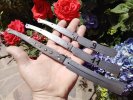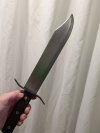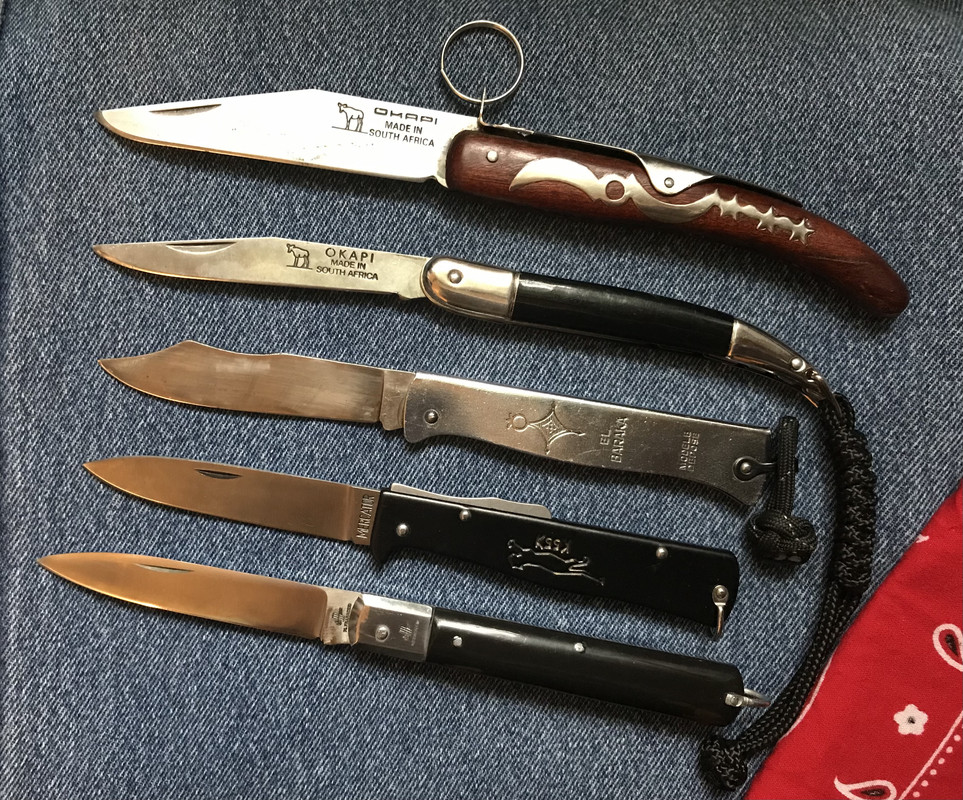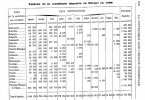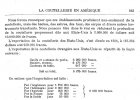Regarding tourism, it may be true that Spanish was behind other European nations in the 19th century. However, I remember reading explicitly about navajas being a prized souvenirs for wealthy tourists during that period, including French-made ones. The source escapes me right now, though. In any case, I do remember
a paper published in Historia Contemporánea according to which Spanish tourism actually saw an important expansion during the 19th century. Here's a (translated) fragment from the conclusion of said paper: "The [Spanish] tourism industry become one more area in which to allocate capital in the course of the 19th century, with the touristic demand increasing notably during that period." Thus, it's not totally far-fetched that navajas might've been bought relatively often by wealthy foreigners visiting the country in the 19th century, which might by the way partially explain the non-negligible number of navajas commonly being auctioned in the US.
As for the Thiers-Sheffield comparison, I don't know about raw numbers. I will say, nonetheless, based on current antique listings, that the proportion of French-made navajas in Spain during the 19th century was probably smaller than the proportion of British-made Bowie knives in the US during the same period. I can't name specific vendors here due to the forum's rules; but right now I'm looking at a Spanish site that specializes in antique navajas, and the proportion of French- to Spanish-made navajas seems to be 7 to 19, whereas I'd say
it's easier to find British-made 19th-century Bowies than American-made ones. In any case, 7 to 19 is certainly not a negligible figure, and it shows that indeed France had a very prominent place in the Spanish navaja market at the time.
Cheers!
Edit: A couple links added.


